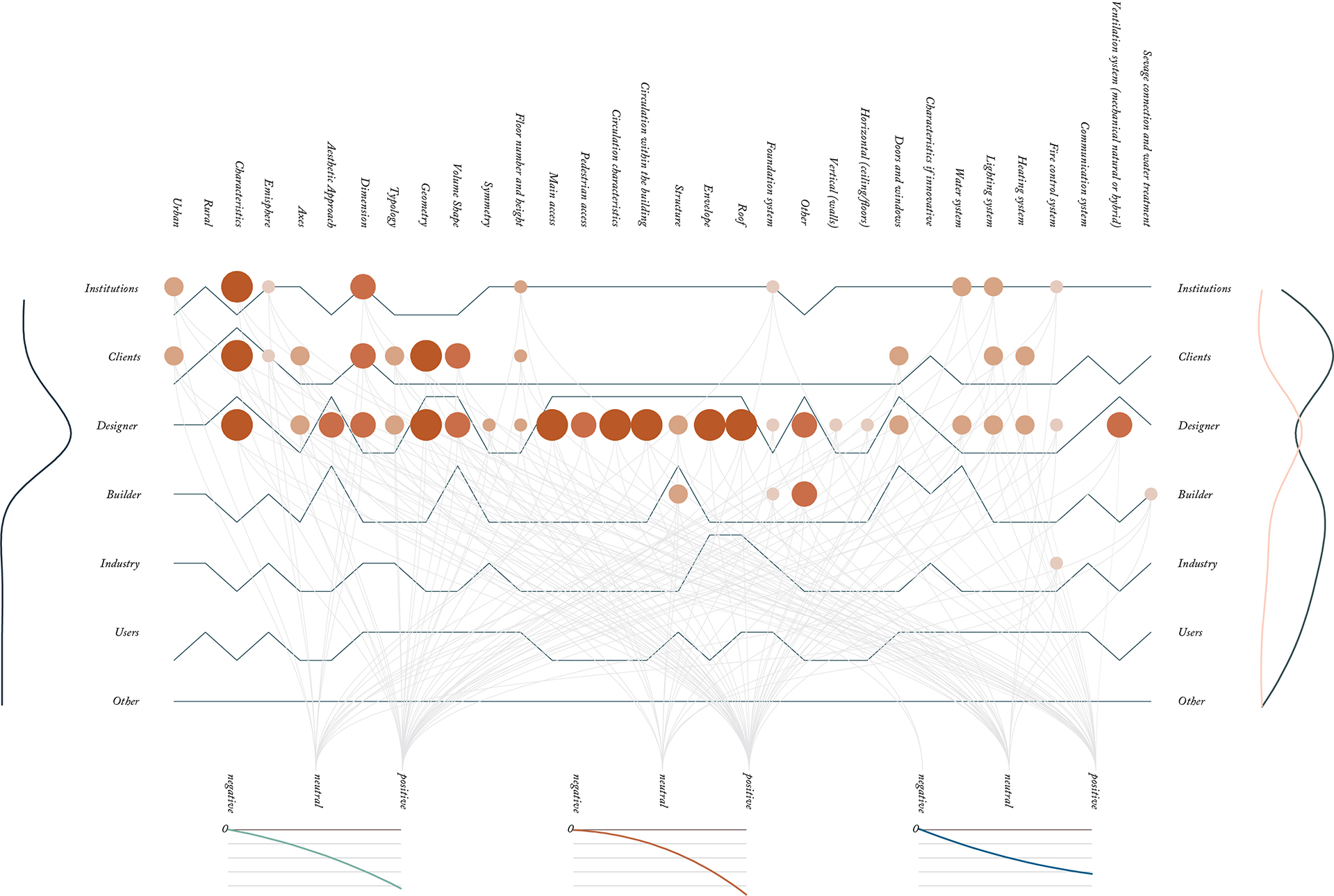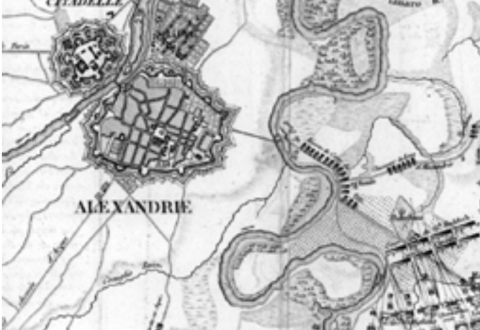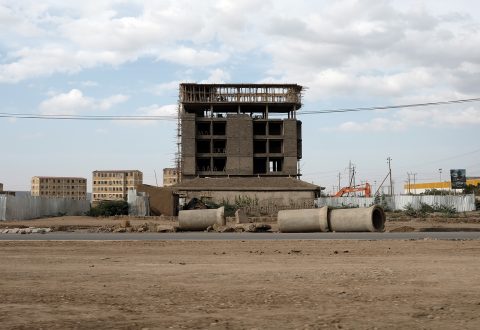Design Management Dynamic Tool
Design Management Dynamic Tool
The aim of this research project is to explore and highlight the relationship between socio-economic context and design organisation, in order to improve the management of urban and architectural projects by design.
To do so, the scope of this research is to implement a Database and a Design Management System and Dynamic Tool (DMDT) to assist preliminary phases of design and definition of strategic design approach and sustainable development.
Building upon ongoing research, this work aims to explore the relationship between sustainable economic models and the management methods for the built environment, by developing and refining a design and management tool that could support decision making, design, delivery and management of sustainable urban and architectural projects.
Year
2020
Scientific Coordinator
Collaborator
Internships
Niccolò Andreotti, Ashley Barley, Alcus Xie, Yixuan Zhang
Tags
#Architecture #DigitalTechnologies&DataScience
Type
Research project

Introduction
Building upon ongoing research, this work aims to explore the relationship between sustainable economic models and the management methods for the built environment, by developing and refining a design and management tool that could support decision making, design, delivery and management of sustainable urban and architectural projects.
Theoretical Background
Neoclassical economics studies define innovation as a primary source of economic growth (Schumpeter, 1942; Solow, 1956; Schmookler, 1966; Freeman, 1970; Scherer, 1982; Ruddock & Ruddock, 2009), as well as a key component of company competitive advantage in market economies (Barney, 1986; Bettis & Hitt, 1995; Teece, 2007). Higgin (2013) explained that the interest in the connection between economic growth and the limits of Earth’s natural resources had been lacking up until 1972, when members of the Club of Rome (politicians, business people and scientists) published an alarming report regarding the potential collapse of physical growth on Earth due to pollution, depletion of resources and excessive population growth. Since then, many authors have explained that the paradox exists between the concept of economic growth, progress and innovation and the one of sustainable development (e.g. Higgin, 2013; Gauvin, 2011, Meadows, Meadows & Randers, 1972; Haapanen, Liisa & Tapio, Petri, 2016). Particularly in the context of architecture and management of the built environment, the call for sustainability and resilience has triggered the need for a paradigmatic shift in many parts of the industry. Such changes span from the proposals for new design strategies to the development of novel management systems for emerging social, environmental and economic challenges. Yet, the ability to define effective design methodologies and methods to enhance the management of resources and sustainable innovation by design seems to be complex and to suffer from the dominance of management systems and methods developed within the aegis of neoclassical economic models.
Objectives
The aim of this research project is to explore and highlight the relation between socio-economic context and design organisation, in order to improve the management of urban and architectural projects by design. The scope of this research is thus to implement a management tool to assist preliminary phases of design and definition of strategic design approach.
Methodology and Methods
This research focuses on the relationship between innovative architectural projects and their management. This work thus relies on case-study methodology and analyses a number of case studies of successful urban and architectural projects to statistically explore the recurring relations between design organisation and effects produced.
The methods utilised are as follows:
- Data collection (building component descriptions, procurement methods utilised and project output)
- Data analysis according to innovation management theory
- Statistical analysis of recurring relations between design decisions and socio-economic and environmental output
- Design Management Dynamic Tool implementation through an algorithm refined based on the newly acquired dataset
- Implementation of a database to refine the feeding of the Design Management Dynamic Tool
- Tests on possible relationship with BIM
Expected output
The significance of this research is its ability to provide a dynamic tool for the effective introduction of sustainable innovation through design, optimising environmental resources and maintaining the economic feasibility of a project. Moreover, its ability to envision the potential social, economic and environmental effects in the preliminary phase of projects might contribute to the creation of collaborative environments and resilient organisational business forms, as well as the enhancement of effective communication across multidisciplinary players and stakeholders, involved in the definition of vision for our future built environment. The application of the model might provide assessment of the role of the players involved in projects, socio-economic and environmental results, innovation levels and competences required to absorb innovation and reduce risk.
Publications
-
Nigra, M., Bossink, B., (2019). Cooperative learning in sustainably innovative building projects: Insights from thirty worldwide sustainable building demonstration projects. Construction Management & Economics. (Under review).
-
Nigra, M., Dimitrijevic, B., (2018). Is Radical Innovation critical to Sustainable Architecture? Lessons from three Scottish Contemporary Buildings. Architectural Engineering and Design Management. Vo. 14, Issue 4. Pp. 272 – 291.
-
Nigra, M., Grosso, M. (2018). Progettare la Complessità in Architettura. Collana Architettura Tecnologica, n.226. Maggioli, ISBN 9788891628558
-
Nigra, M. (2017). Complexity Theory as an Epistemological Approach to Sustainability Assessment Methods Definition. IN: Proceedings of the 21st International Conference on Engineering Design (ICED17), Vol. 5: Design for X, Design to X, Vancouver, Canada, 21.-25.08.2017, ISBN: 978-1-904670-93-3, ISSN: 2220-4342
-
Nigra, M. (2017). Fifty Shades of Green; an empirical analysis of sustainable design approaches in fifty case studies of contemporary architecture. IN: Proceedings of the of 33rd PLEA International Conference, Vol. 1: Design to Thrive, Edinburgh, 2th-5th July 2017


